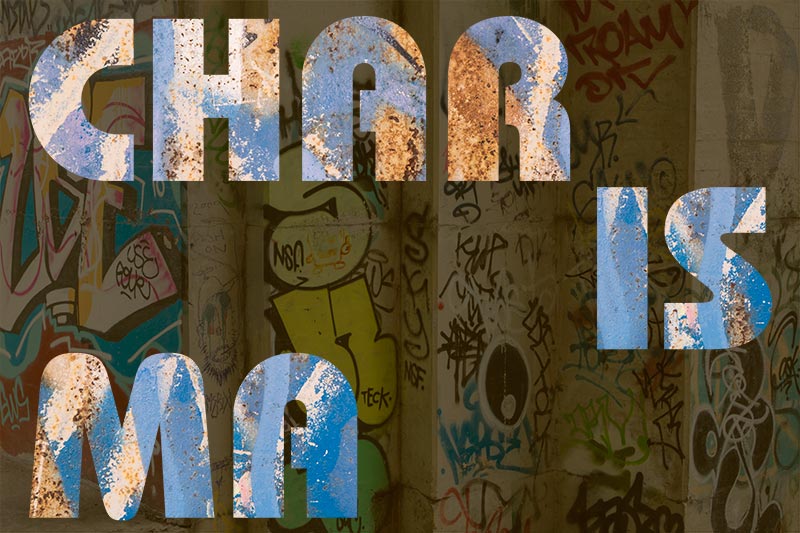Do photographs have a grammar?
For more than 10 years, I’ve kept a blog called nouspique. I use the blog as a tool to explore more wordy pursuits. That’s understandable given my education (degrees in English, Law, & Theology). I am particularly fascinated by acts of interpretation (how do words mean what we say they mean?) and by the ways we deploy power to determine meaning. Despite my fascination, there are times when it exhausts me. All those words chattering in my head! I have to get away from it, so I turn to my camera. I’ve gone one further and have created a web site to display the images I find. In fact, it’s become quite a distraction and interferes with my writing.
There is an irony in this: images are interpretable in their own right, and the very challenges that hound my writerly experiences now howl loudly in the midst of my quiet photographic contemplations. I may have misunderstood the situation when I launched this web site.

In The Gutenberg Galaxy, Marshall McLuhan offers what seems like a simple insight: text is a visual medium. We don’t live in an oral culture anymore. Everything is visual, and has been for at least the last 500 years. In his Confessions, Augustine tells how he came upon Ambrose who was reading a book by simply scanning the page with his eyes. Augustine was astonished because, in the 4th century, most people read books aloud and weren’t capable of silent reading. Over the next thousand years, the West experienced a transformation. By the time Gutenberg invented the printing press, silent reading was the norm. Encounters with the page had become a visual experience. If McLuhan’s insight is true, then it follows that the interpretive strategies we use to understand text will be no different than the interpretive strategies we use to understand images.
There are obvious ways in which we encounter text as a visual medium. First is text as a design element. Font is important in advertising. Publishers of novels and poetry often include a note about the font; they want to provide readers with a comfortable reading experience. It’s well documented that some fonts are easier on the eyes than others. People who experience synaesthesia as ordinal-linguistic personification will confirm that font influences the mood and personality of letters and numbers. Seraph fonts can often be feminine, gentle, caring. If you are interested in text as design, I recommend the book, Stop Stealing Sheep.
We speak of layout when thinking about the visual experience of an entire page. We think of this, especially, in connection with magazine spreads, ads on billboards and posters, signs in shop windows. But it affects more than advertising. Even in novels where there is only text, design considerations are important. How wide should we make the margins? How high the header and footer? How much leading (i.e. spaces between lines of text)? In other words, how much negative space should there be on a page of text so the reader feels comfortable. Too much or too little, and a reader may feel anxious.
Beyond strict considerations of design, text conforms to a grammatical structure. At its most rudimentary: subject – verb – object. This provides the kernel for a narrative arc. Something acts upon something else. The text transcends simple reportage – it is “artful” – when tension appears and plays upon the reader’s emotions. Conflict may be inherent in the verb: the subject and object are at odds. Tension may arise because the action is delayed, or only implied. The subject may obscured. The object may be mysterious, or unrevealed. Motives for the action may never be understood, or left for readers to infer from scant clues.
We tend to value images for the same reasons. We say they are “artful” when they tell a story. Good images appear in at least four dimensions. Two are obvious. The third is implied by perspective lines, depth of field, and arrangement of subjects in relation to one another. The fourth is those elements of an image that suggest a “before” and an “after”. An athlete swings at an approaching ball. Before, there was a wind-up. After, there will be a home run or an umpire yelling “Strike!” Although the image captures an instant in time, we feel the weight of an entire narrative that must be there to give the instant its context.
Does this fourth dimension of an image conform to rules the way a text conforms to grammatical rules? Here, I’m not concerned with technical correctness – spelling or straight horizon lines, punctuation or proper focus. I’m more concerned with the rules that ground our interpretive endeavours. So, for example, can we apply the issues of literary theory to images? Not by analogy. Not by saying that the theoretical concerns of literary interpretation are adaptable to images because images are like texts. But by saying that they are directly applicable because images are texts.
I leave this open-ended. I expect I’ll be returning to this question from time to time as I continue to produce images of my own. However, it’s worth noting that much of the theoretical writing on photography comes, not from photographers, but from novelists. Here, I have in mind Susan Sontag and Geoff Dyer.
